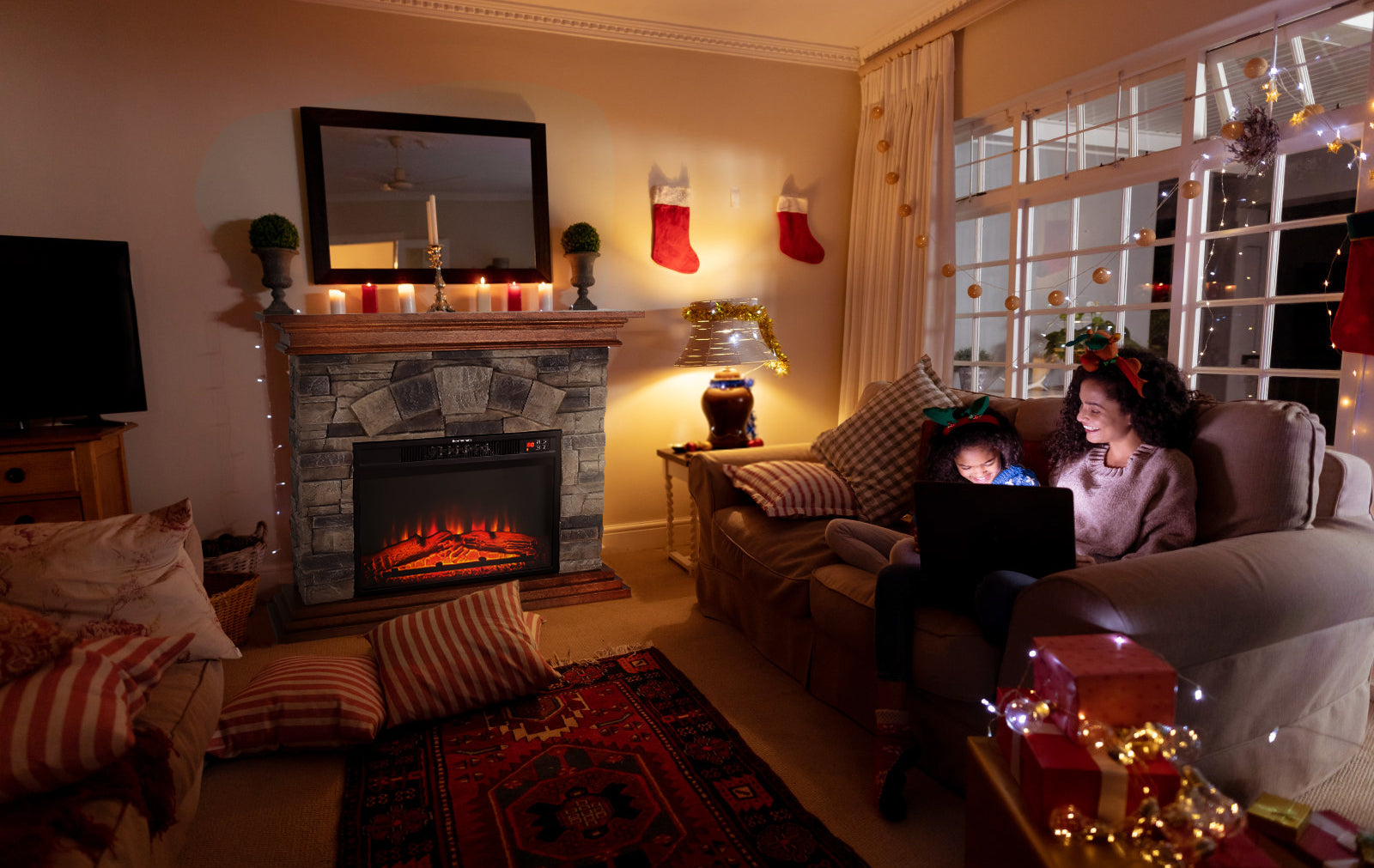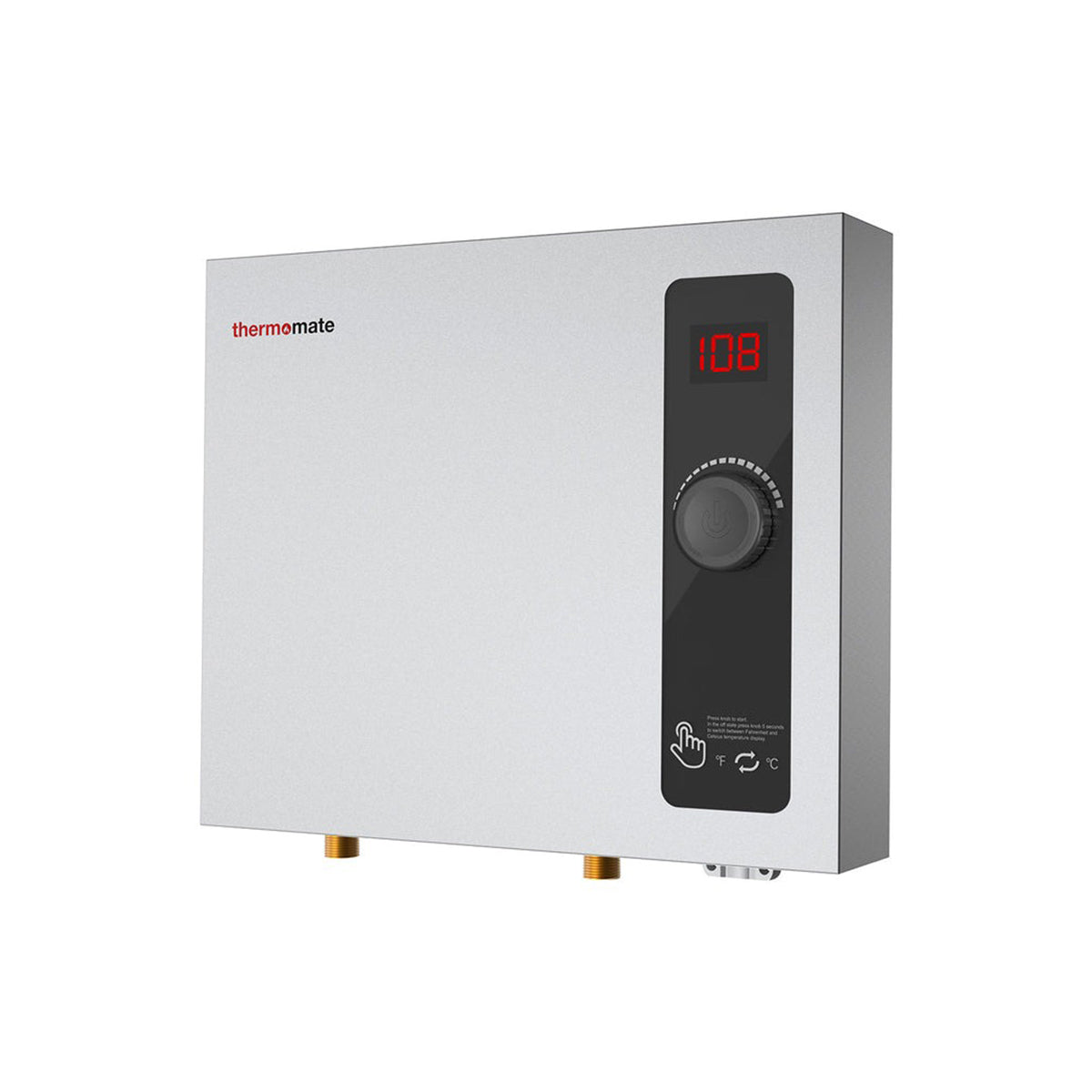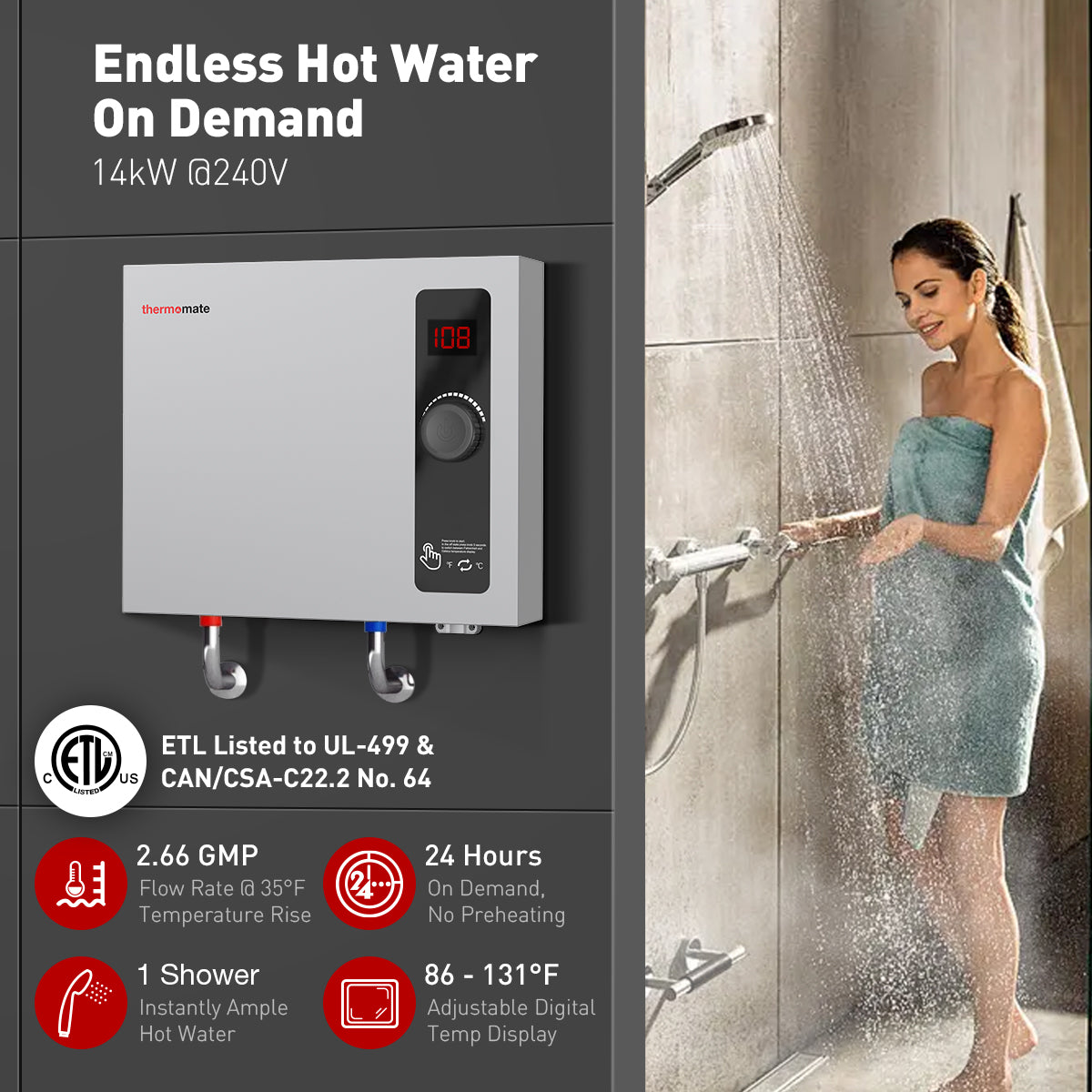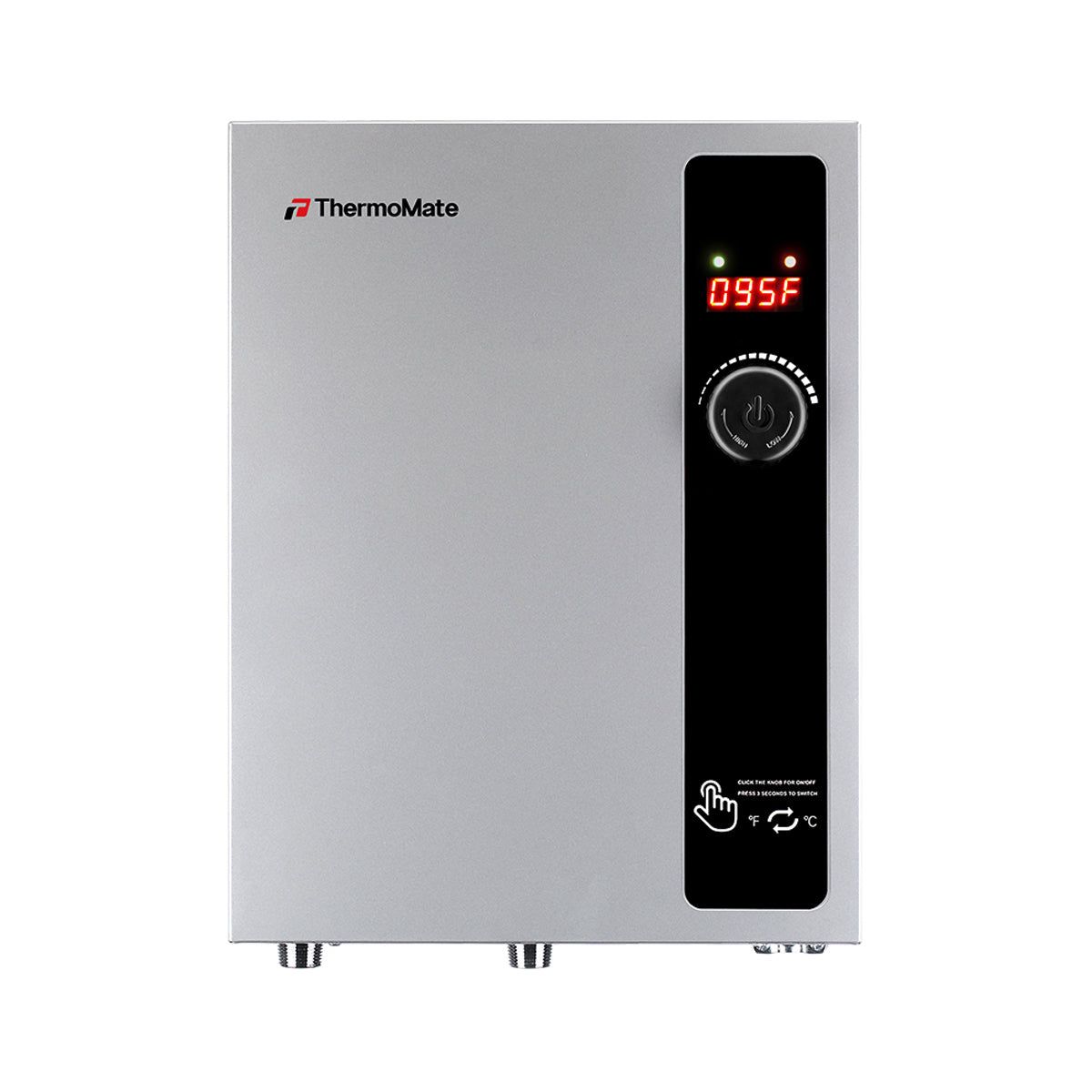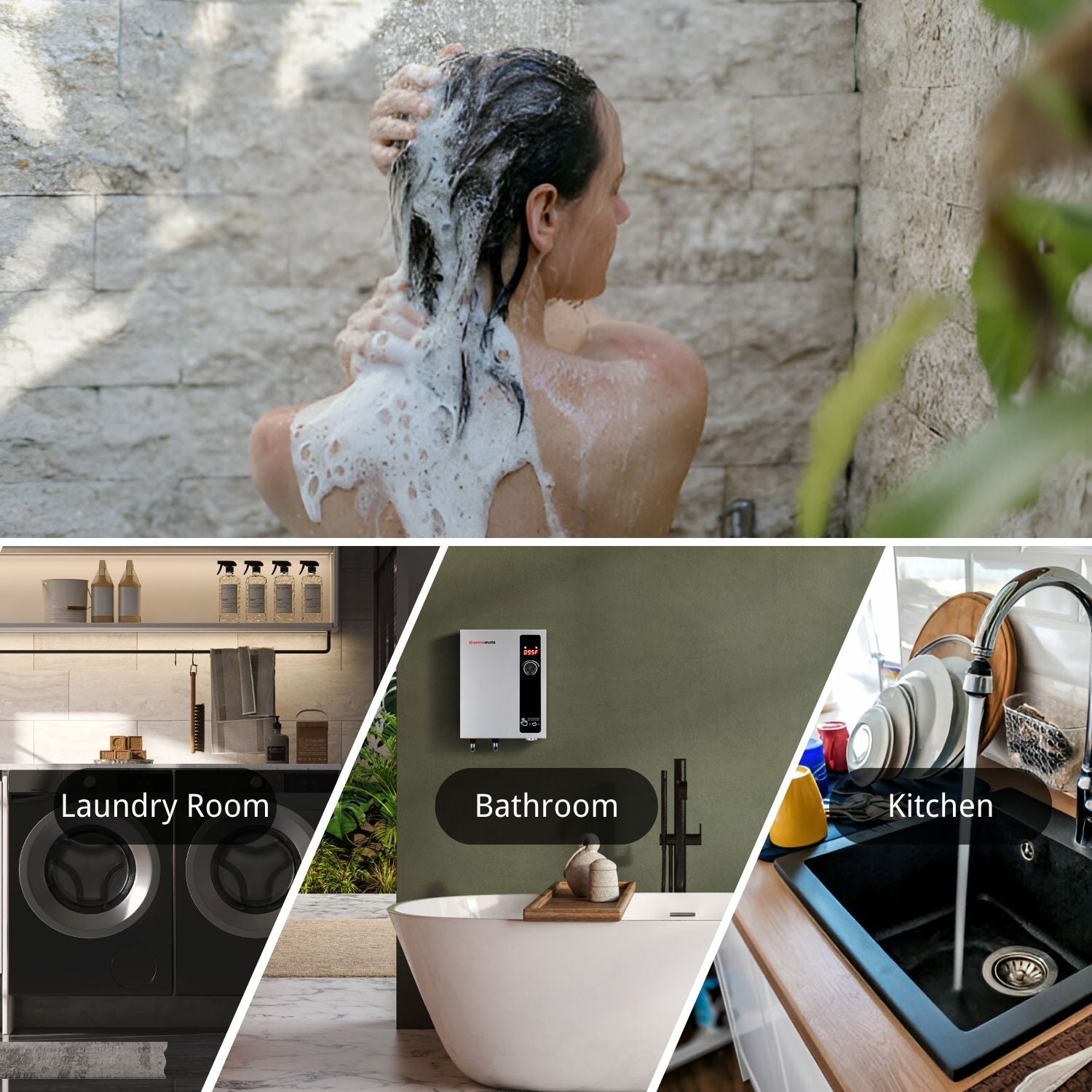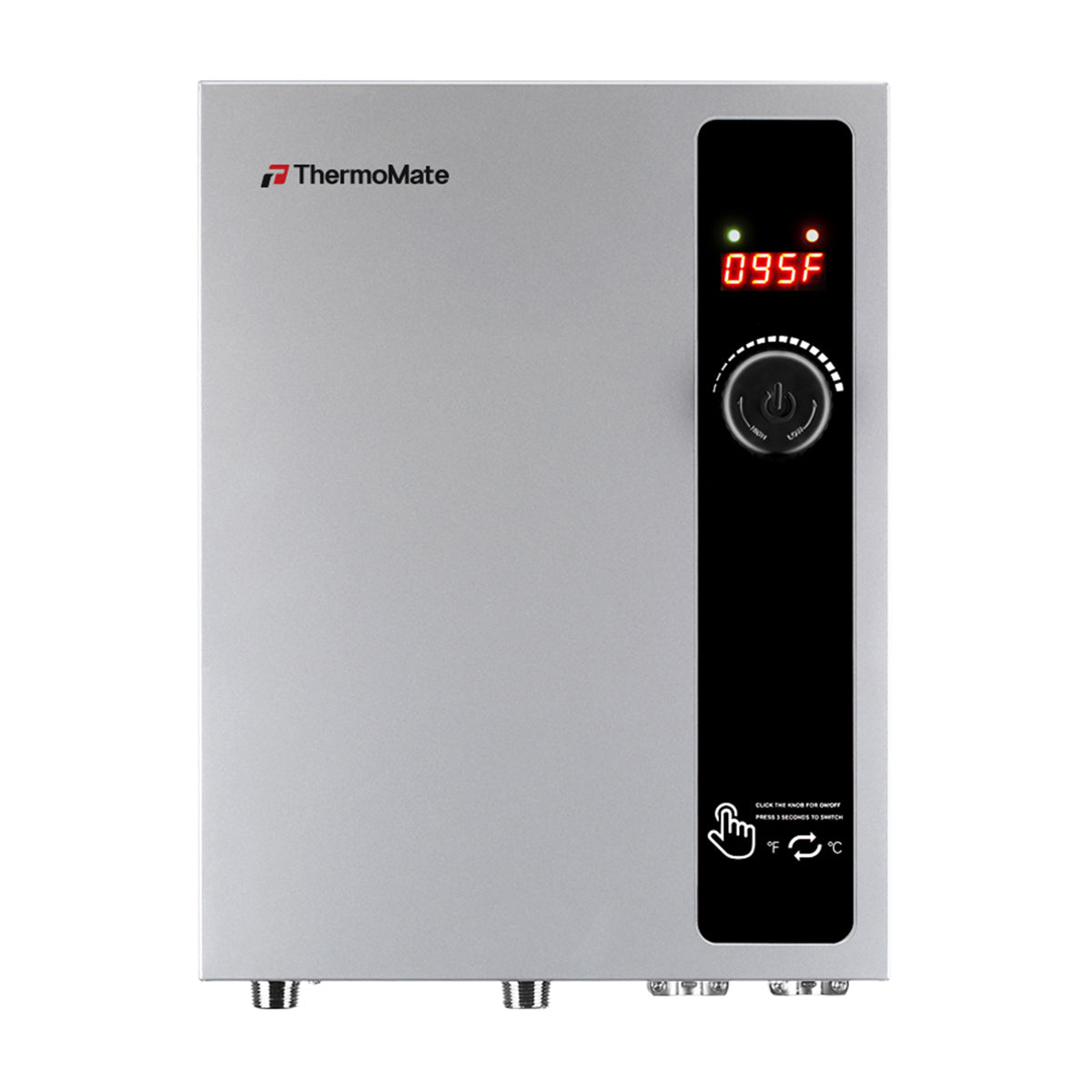How to Choose an Electric Fireplace?
People have been gathering around fire pits and places for as long as anyone can remember. Even as we moved from a species who roam outdoors, to living indoors, this tradition remained. But while the general concept of it – staying warm – has remained the same, there have been huge developments over the years.
One of the most popular ones has been electric fireplaces. They’re a great alternative to traditional wood or gas fireplaces and many people choose to have them installed in their homes nowadays.
Having been around for over 100 years, they’re no longer just a heat source. In fact, the main reason many people purchase them is for the aesthetic qualities and charm they bring to their home.

What are the benefits to having an electric fireplace instead of a wood or gas one?
Firstly they are totally efficient - no heat escapes your home and no gases are released. This saves on installation costs as well as energy.
They’re also eco-friendly, which is important these days, and a very safe option for people with children and pets. This is because they stay cool even when in use (only the heating vent gets a little warmer), making them the safest options on the marketplace.
Finally, in comparison to traditional fireplaces, they are far less messy – there’s no need to chop wood and no danger of ash!
The growing market for electric fireplaces offers consumers great choice, but also throws up many questions. When purchasing one, there are a number of different things to think about. Here, we outline the key questions to ask yourself, and the options available to you.
- Forced Air Heat
--These are units that blow air over a heating element and then into the room. Though not as efficient as infrared heaters, forced air heaters have come a long way in both safety and technology.
- Infrared Heat
--Infrared heat is created by a quartz element that supplies instant heat that warms objects, like you, instead of warming air temperature. This allows for less energy expenditure and almost instant, soft warmth. Infrared fireplaces can heat up to 1000 square feet and require no venting so they’re prefect for supplemental or zone heating.
- Zone Heating
--The idea here is simple. Zone heating keeps rooms you’re in warm while others that aren’t in use can stay cooler. It’s a great way to save some money on your electrical bill. Zone heating also allows you to keep your thermostat set lower keeping your heating bills lower while maintaining a comfortable temperature in the rooms you use the most.
Speaking of heating, when reading about electric fireplaces you’ll see the heat produced measured in BTUs or British Thermal Units. A BTU measures the amount of work (or heat) needed to raise the temperature of one pound of water by one degree. Water is of course harder to heat than air so not as many BTUs are needed to heat a room.
Watts are also typically listed to measure how much electricity is used when the fireplace is creating heat. Don’t get confused between the two. The wattage is referring to electricity consumption, not necessarily heat produced. So, typically when shopping for an electric fireplace, you’ll want to look for lower wattage and a higher BTU rating. Because of their relatively low wattage, most electric fireplaces can run off of a standard 120 volt plug (about 1500 watts), making electric fireplaces much more efficient than wood burning fireplaces. According to EPA studies, traditional fireplaces lose almost 90% of their heat through the chimney. Because electric fireplaces don’t need a chimney, they can heat a room much faster and with much less energy needed than burning logs.
Also, when you’re not using a traditional fireplace, cold drafts can come down into your home – not a problem with an electronic fireplace. Pair that with the fact that most electronic fireplaces use highly efficient LED flames to mimic real fire and you have an efficient, smoke-free, and beautiful way to heat any space.
The fact that an electric fireplace produces no real flames eliminates the chance of sparks starting a fire or causing burns from hot fireplace grates. Because of the nature of infrared heat, today’s electric fireplaces stay cool to the touch while heating your room. Even forced air models have a vent above the actual fireplace that blows gentle heat into your room as opposed to a real fire which makes temperature control extremely difficult. Almost all electronic fireplaces today have automatic shut-off timers in case you doze off in front of the fire. Did I already mention no smoke? Burning wood creates smoke and carbon dioxide which can become dangerous at high levels – again, not an issue with an electronic fireplace.
What type of fireplace installation works best for you?
Do you want something easy and portable, or are you looking for a more permanent solution? You also need to consider the dynamics of your wall.
Built-in electric fireplaces
If you have wide walls with a lot of space, then a built-in, permanent fireplace unit is the way to go. Consider a rectangle one – you want to focus more on the width and less on the height. This will look slick, just like a traditional fireplace, especially if you go for a frameless unit. Try to create a contrast with the wall color as well – for example, a light-colored wall would suit a black fireplace unit inside it.
Be aware that a built-in fireplace will require a lot more installation work. You will need to build a niche where you insert the fireplace unit. Unless you have carpentry and electrician skills on hand, it’s best to hire a professional for this.
Portable electric fireplaces
If your wall has less space, then you may be better off with a portable electric fireplace. Wall-mounted ones are especially popular. You can hang them directly on your wall, in the same way you would do for a flat-screen TV. The mounting brackets come with the fireplace, so if you’re constantly on the move you can take these with you.
Electric fireplace inserts
Inserts are another good, portable option – but only if your home already has a fireplace opening. This tends to be the case with older homes. Often you’ll find they have masonry fireplaces that haven’t been used for a long time because of all the mess involved.
If your house does have an existing opening, then inserts are an ideal way to keep things simple. They just slide into the opening and plug into a standard outlet.

